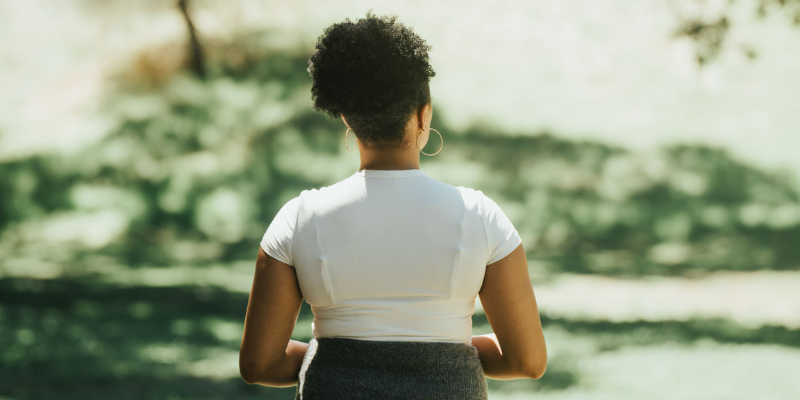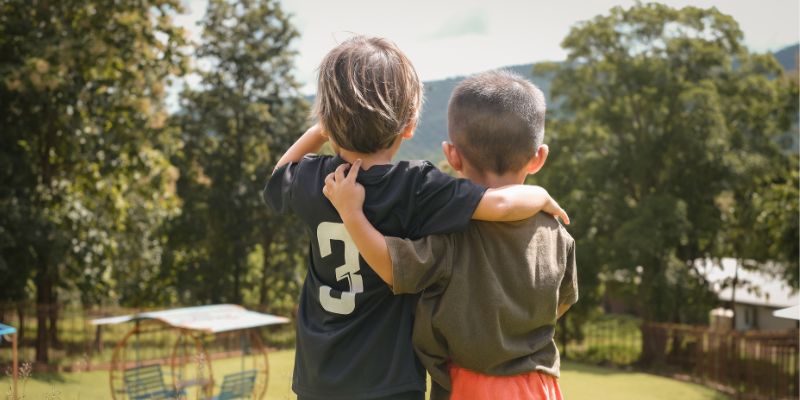ZOE protects the identity and dignity of children and does not show trafficked children.
Our heart at ZOE is to see children find healing, restoration, love and acceptance.
Our support is tailored to support each child's specific needs. Staff are trained in trauma-informed care, and receive ongoing support and training as they are caring for each individual child. Children are encouraged to take part in schooling, vocational training programs and activities that are tailored to their specific goals and interests.
"Thank you for creating a new world with great love for me.
...it has helped me understand the value of my life.
Thank you for allowing me to try new things.
I now have a feeling that I had never had before in my life.
I’ve only been here a short time… but you all became my family
Thank you for loving, caring, listening to what I say, and understanding me."
— Child
ZOE seeks to:
- Provide innovative restoration for spirit, soul and body
- Offer educational, vocational and transitional programs into adulthood
- Provide and assist in finding safe, loving homes and families for survivors and at-risk orphans
- Help train and restore families of survivors for reunification and repatriation
In Thailand, ZOE provides restorative support for child survivors of trafficking and exploitation and also cares for orphans and children at high risk of trafficking.
In the US, ZOE provides support for youth. We know that children can experience healing from trauma. Our home for youth helps teenagers learn to trust again and to develop safe, connected and supportive relationships.
In Australia, ZOE provides support to child survivors and children at-risk. We do this via partnership and collaboration with other NGOs. We look to find and fill the gaps in existing programs and help with unique and emergency needs. All ZOE assistance is aimed to assist in the child’s restoration of their spirit, soul, and body.
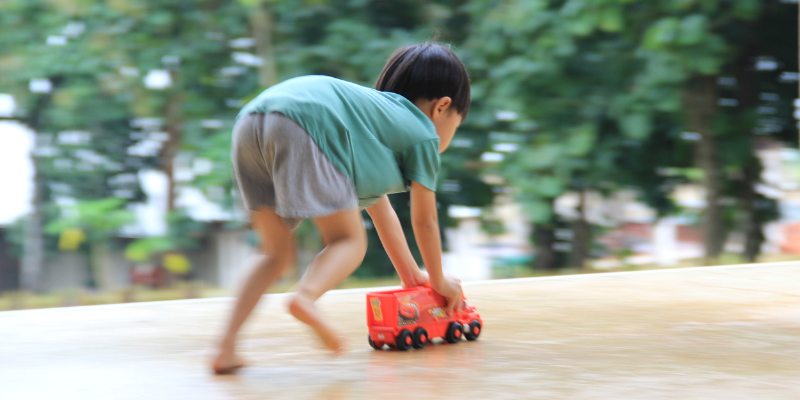

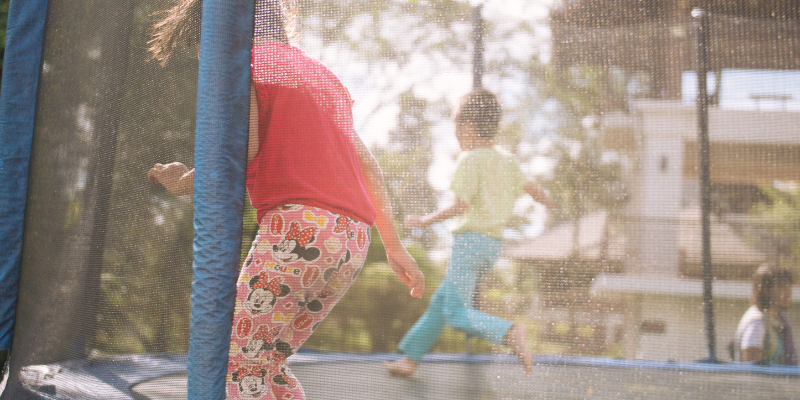

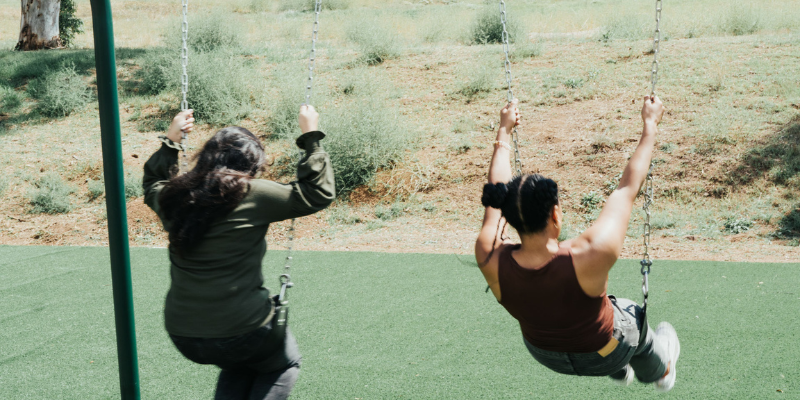

"Thank you to everyone here at ZOE, the adults and
leaders who kept encouraging me and supporting me."
— High School Graduate
Our hope is to always reunite children to their family. In Thailand, children rescued/recovered during law enforcement operations may initially stay at the ZOE Child Protection Center, an accredited and government-registered facility in Thailand. Based on the individual child's needs, legal processes, and whether safe family members can be found, the Department of Social Welfare might recommend for a child to live in a family at ZOE, in the short to medium term.
At ZOE, our support doesn't cease as children reach adulthood. The continuum of care extends to young adults, their partners, families, and as they have their own children. We seek to support children by offering ongoing assistance across all aspects of life.


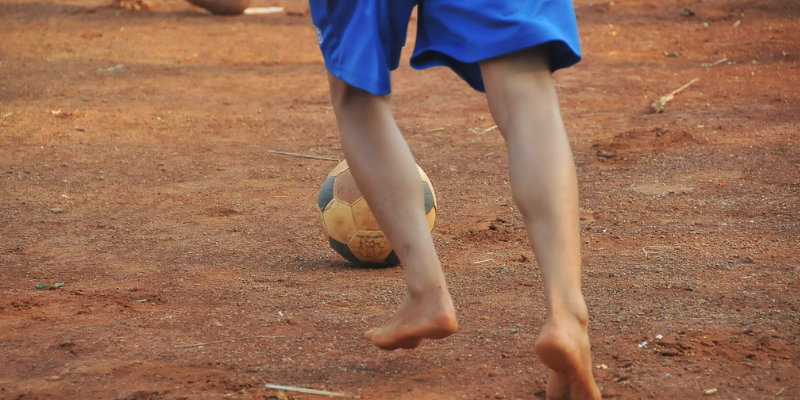

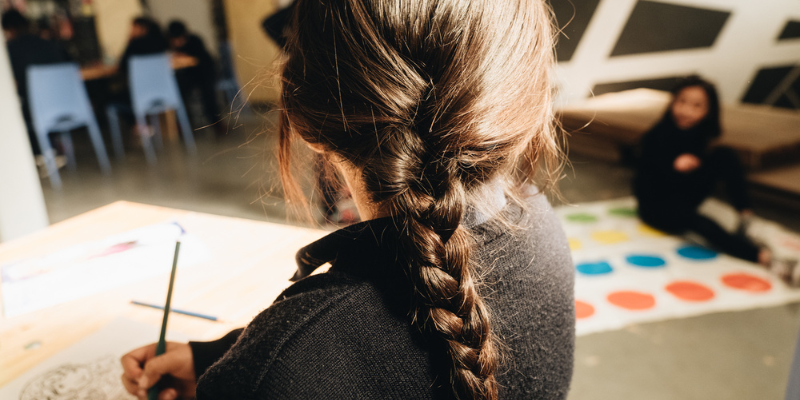

"We have seen incredible learning and growth in every child at ZOE. The tireless work of the parents, tutors and education team helps to give the children at ZOE every chance to not just learn, but to excel in their education."
– Oratai Saisingtong, Assistant Director, ZOE Thailand
Research shows that children who have positive and healthy relationships with their caregiver(s) are more likely to experience recovery from their abuse. To this end, a team of people is required to, not just support the child, but also their carers.
Carer/s need help from a variety of others including psychologists, counsellors, educators, trainers, life skills coaches, babysitters, tutors, mentors and the like.
Did You Know?
In Australia, ZOE accept ‘new’ in-kind donations to support our restoration programs
All items must be new:
- Soft toys
- Sports Balls:
- Basketball, football, soccer
- Board games
- Cards
- Puzzles
- Playdough
- Wooden toys
- Things for ‘teens’
- Beauty products
- Hygiene products:
- Roll-on deodorants for boys and girls
- Body wash
- Shampoo and conditioner
- Face masks, hand cream, manicure sets
